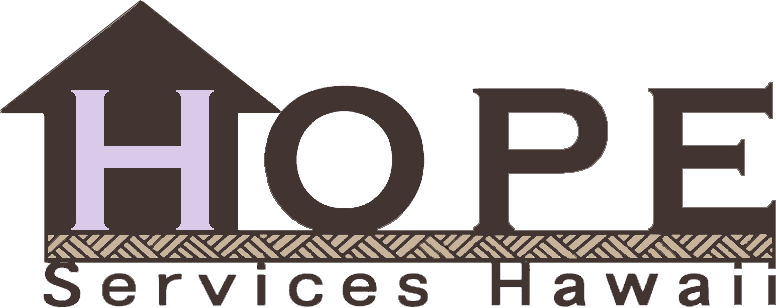KAILUA-KONA – Law Enforcement Assisted Diversion (LEAD) has come to Hawaii Island, on the heels of early successes on Oahu and Maui.
The pilot project, which received $650,000 in Ohana Zone funding from the state, launched Thursday in Kona. The Big Island Substance Abuse Council (BISAC) will operate the pilot project along with several key partners, including HOPE Services Hawaii, Going Home Hawaii and Bridge House.
The Hawaii County Police Department and Prosecutor’s Office are also on board with the project, which will initially operate only in Kona but may eventually expand across the island.
“The launch of Kona’s LEAD program represents another step forward in our effort to resolve homelessness,” said Gov. David Ige, in a press release announcing the partnership. “We are confident that LEAD will make a positive difference and improve the well-being of participants on Hawaii Island, just as it has on Oʻahu and Maui.”
The innovative, collaborative and promising pilot project deals with substance abuse. The Big Island Substance Abuse Council made a presenation to the county on the project today.
“I am excited about the implementation of the LEAD program on Hawaii Island and more specifically in West Hawaii,” said Hawaii Island Mayor Harry Kim. “I am so proud of our police officers and all others involved in this program.”
LEAD is an arrest diversion program implemented as an alternative to the normal criminal justice system cycle of booking, detention, prosecution, conviction and incarceration.
Under the LEAD program model, law enforcement officers make contact with low-level nonviolent offenders or individuals at high risk of arrest and refer them into a trauma-informed intensive case-management program. There, the individual receives a wide range of support services, often including transitional and permanent housing and/or drug treatment. The original LEAD program began in Seattle in 2011 and has been replicated in 34 states.
There are LEAD projects already operating on Oahu and Maui.
Honolulu’s LEAD pilot began in July 2018, and a recent 1-year evaluation found that participants saw a 55% reduction in law enforcement citations, an increased feeling of wellness, and a decrease in meth use. Maui’s LEAD program began in May and its participants are already showing positive results. Kauai LEAD just recently launched as well.
“We are really excited to begin the LEAD program on Hawaii Island,” said Dr. Hannah Preston-Pita, chief executive officer of BISAC. “With the lack of resources on our island, this program will definitely make a big impact. Our mayor, prosecuting attorney, chief of police and our local providers – Hope Services, Bridge House and Going Home – have been ready since day one to add this program as a resource.
“BISAC and ADAD (the Hawaiʻi Department of Health’s Alcohol and Drug Abuse Division) have been planning this program for the last couple of months and now it’s finally here.”
In 2018, state legislators appropriated $30 million to establish at least three Ohana Zone sites on Oahu, and one each on Hawaii Island, Maui and Kauai.
The law requires that Ohana Zones be placed on state and county land and that those spaces provide services to assist homeless individuals and families in accessing permanent housing.
Other projects addressing homelessness are also in the pipeline for Hawaii County.
An assessment center at the Na Kahua Hale o Ulu Wini housing complex is expected to open by the end of the year, and the Village 9 affordable housing project and 20 units of permanent supportive housing at the newly opened Keolahou emergency shelter are scheduled to welcome residents in spring 2020.
